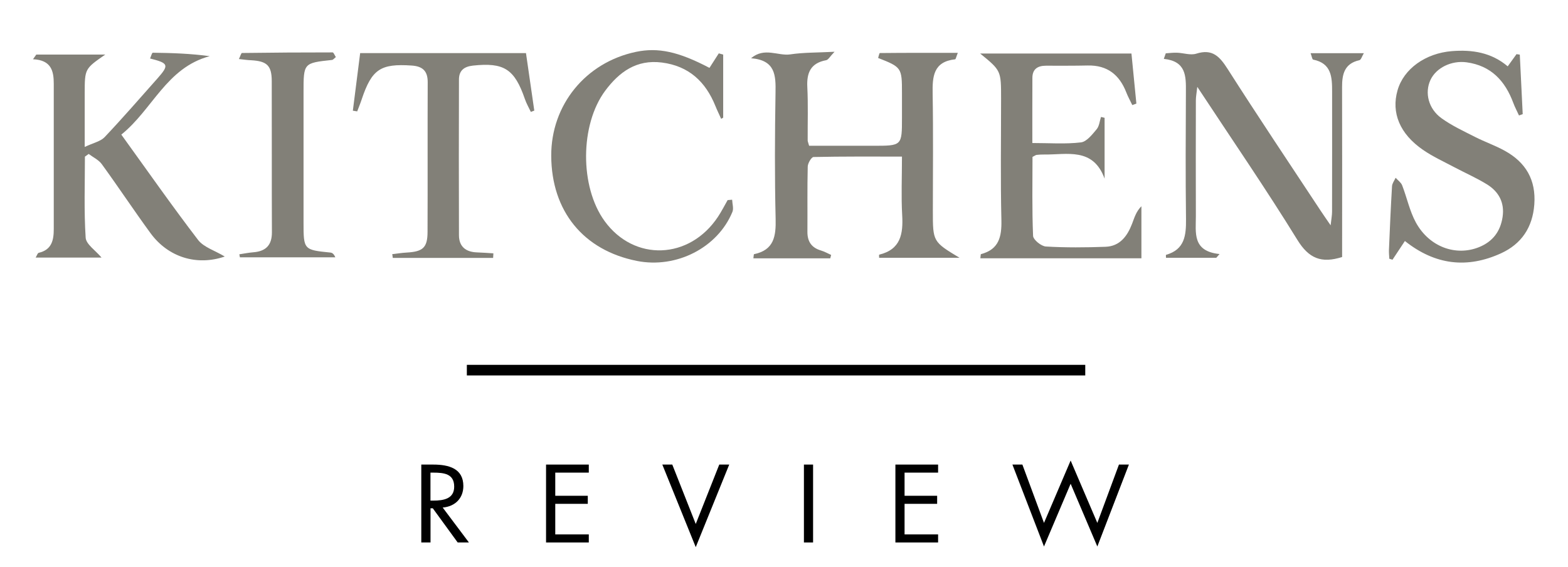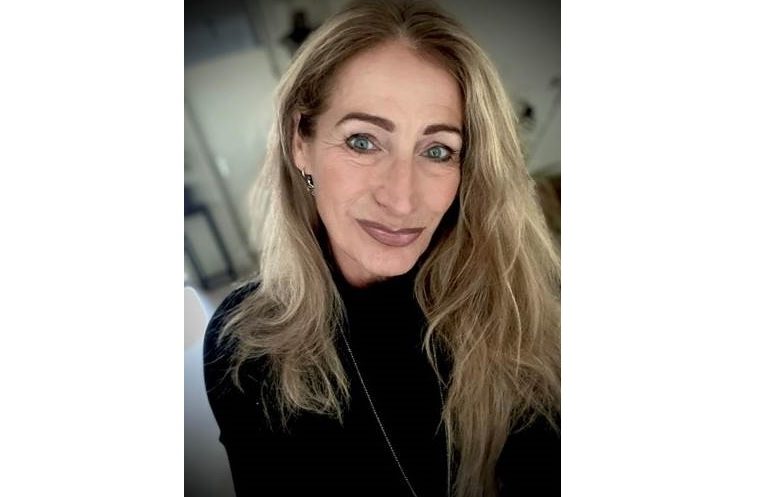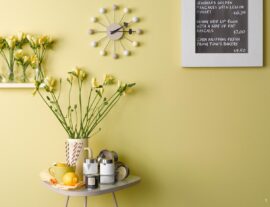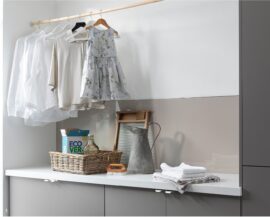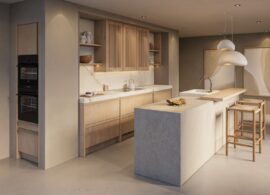Many people worry that aesthetics kills ethics, that inclusion kills profit, and that human rights kill creativity, but I don’t think this is true at all. It’s simply incorrect that designing something from an ethical point of view diminishes the richness of the design. Quite the opposite.
Dutch kitchen manufacturer, Keller Kitchens produces beautiful, high quality kitchens models and is well known for offering the widest range of colours (1950 NCS) and finishes for the homeowner, designer, retailer and developer. There is a vast array of different cabinet sizes too; and the company is already a carbon neutral manufacturer and well on the way to reaching carbon negative status.
Behind every Keller kitchen creation is a design guru, today Connie Vis chats with us about what her life and job entail.
Who is Connie Vis?
I am 53, a mother of three children and live in Bergen op Zoom which is a short bike ride away from the Keller Kitchens headquarters. I studied Woodworking, Art and Interior Design and have worked in the kitchen industry my whole life. My career started in Germany but, for the last five years, I’ve had the pleasure of working in the Netherlands with Keller.
Outside of work I enjoy travel, the beach and walking my dogs. I also enjoy visiting antique and vintage stores and, of course, meeting with my friends and enjoying a glass of wine.
What is your title and role at Keller? Can you describe the role and what it entails?
I am a project manager of product and innovation at Keller. I’m responsible for creating the collections and also advising and helping new dealers with their showroom displays and with new solutions.
Innovation is a huge part of my role at Keller. I create new materials to work on circular kitchen products as well as new systems to engineer the kitchen of the future.
I am there for the entire process – meeting with clients to understand their vision and then transforming interesting design concepts into reality.
Where do you find inspiration?
I am a designer through and through – everything in the world serves as an inspiration to me. Some days it’s the colours of the rainbow that inspire my colour palette, and other days it’s the honeycomb which then inspires my ideas for the construction of cabinets.
The nature around us every day influences me in terms of adding elements to make our kitchens more meaningful and aesthetic. The behaviour of pets and animals allows me to design spaces according to their requirements for example. In the same way, I study human behaviour which inspires me to make kitchen spaces as per the anthropometric scale.
The inspiration is everywhere for a person who looks! You just need an open mind to see the detail in the smallest of things around us.
What’s your creative process?
My approach is to develop new forms of creativity and design; while being aware of the responsibilities of creativity as a framework for social action.
Many people worry that aesthetics kills ethics, that inclusion kills profit, that human rights kill creativity, but I don’t think this is true at all. It’s simply incorrect that designing something from an ethical point of view diminishes the richness of the design. Quite the opposite.
In my job, I need to juggle multiple tasks simultaneously; from creating prototypes to conducting user research, there are many different balls I juggle every day.
What software and tools do you use?
I still use old fashion pencils and markers to put my ideas on paper. I then put them in sketch-up or let my engineers draw the plan in Autocad.
How do you work with your colleagues – who is in the design process with you?
I have four product managers in my team and we all work very closely. Once the idea is generated, we need the commitment of the sales team to then pass the plans through to the development team to work out the finer details.
Who briefs you? Are you involved at the very beginning of a concept?
I am always there at the very beginning of a concept. Most of the time, I get briefed but sometimes I am free to work out my own ideas.
How do you organise feedback – from who?
It can be challenging to process information from various meetings, especially when it comes to synthesising them and using them to inform your design. It can be challenging to come up with an idea, present it, and then have to constantly go back and forth between changes and possibly having it scrapped!
It’s important to keep track of high-level feedback and agree on action items during meetings so that you can use them as a reference when iterating on a design. If you didn’t keep track of feedback from critiques, you can easily get stuck designing something you think is “right” for the user; which may be lacking in various inputs from stakeholders or users that would lead to a more impactful solution.
My top piece of advice: start the discussion early in the sketching phase. The point remains the same: think it through, make it descriptive and start the discussion!
When do you hand the project over and to who?
Firstly, I must state that a “finished design” of a product does not exist. We can always do something more. The preparation for the design handoff should be at the very beginning of the entire process. The checkpoint of designer/product manager/developer discussions should recur repeatedly, all while using the right tools in the preferred workflow to make the process easier.
Projects – most proud of and why?
The Green Kitchen
Sustainable design optimises the needs of people and planet with the desire for innovation, aesthetics, and corporate profits. It is not necessarily charity (although that’s good) but is a professional contribution that plays a part in positive development of the community we all share.
Design is everywhere. If you’re not professionally involved in the field, it might seem irrelevant or sometimes too complex. In reality, design is an integral part of everyday life for each and every one of us.
When I designed “the green kitchen” three years ago, everyone was shocked and the frequently question was “why?”
Our homes, clothes, vehicles, and even the future are designed. If the first things on the list aim to make our lives easier and comfier, the latter is also closely linked with the concept of sustainability. The goal is to meet our needs and, most importantly, the needs of future generations.
What’s your dream job?
Developing The self-sustaining kitchen
It’s always the right time to become more self-sufficient but there’s never been such urgency as there is in today’s climate. With everything that’s been going on, supplies are in high demand everywhere and inflation is beating everyone right now. So, I’m on a mission to increase the level of self-sufficiency by focusing on the key area in our lives, specifically crafting the ultimate powerhouse: a self-sufficient kitchen.
The future kitchen brings a whole new meaning to “farm-to-table” foods by producing energy, fruits and vegetables within itself!
